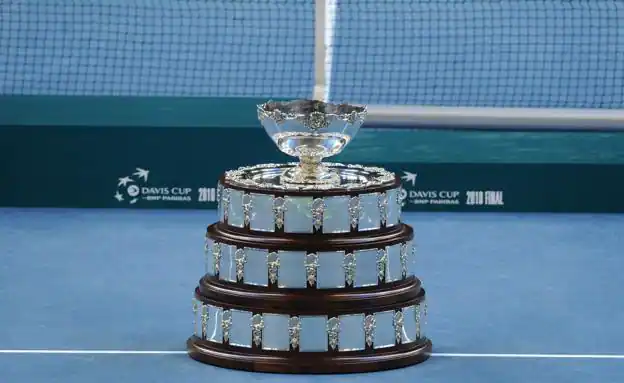
The Davis Cup, undoubtedly the most prestigious and oldest of the team tournaments, has undergone changes in its format over the years.
The current format has sparked frequent controversies, and criticism has been voiced, notably by Novak Djokovic and Lleyton Hewitt during the recent Malaga Finals. Some of our non-specialized followers have inquired about the differences compared to the previous format.
In essence, without delving into the intricacies of the classification systems of the regional and world groups, we can liken the current system's final phase to that of the Football World Cup. This concluding phase is conducted in a neutral country and comprises two stages:
Qualifying Phase: Sixteen teams compete at four venues in different countries, organized into groups of four, with two teams advancing from each group.

Final Phase: The eight qualifiers proceed to another neutral venue, engaging in a knockout system for the quarterfinals, semifinals, and final.

Contrastingly, the previous method featured all phases conducted through a knockout system. Each confrontation took place in the host country's headquarters, leading to a final showdown to determine the edition's champion.
Additionally, in the current system, each match comprises three contests (two singles and one doubles). In contrast, the previous system involved five matches (four singles and one doubles), permitting a player to partake in two individual matches in the same round.
Presently, matches are played as "best of three sets," whereas the traditional format was "best of five" sets. The host country could also choose the type of playing surface.
As an interesting historical note, during the period 1968-1971, the Davis Cup final was exclusively contested by the previous year's champion. Other teams had to navigate the entire qualifying phase, and the ultimate winner faced the defending champion in the final.